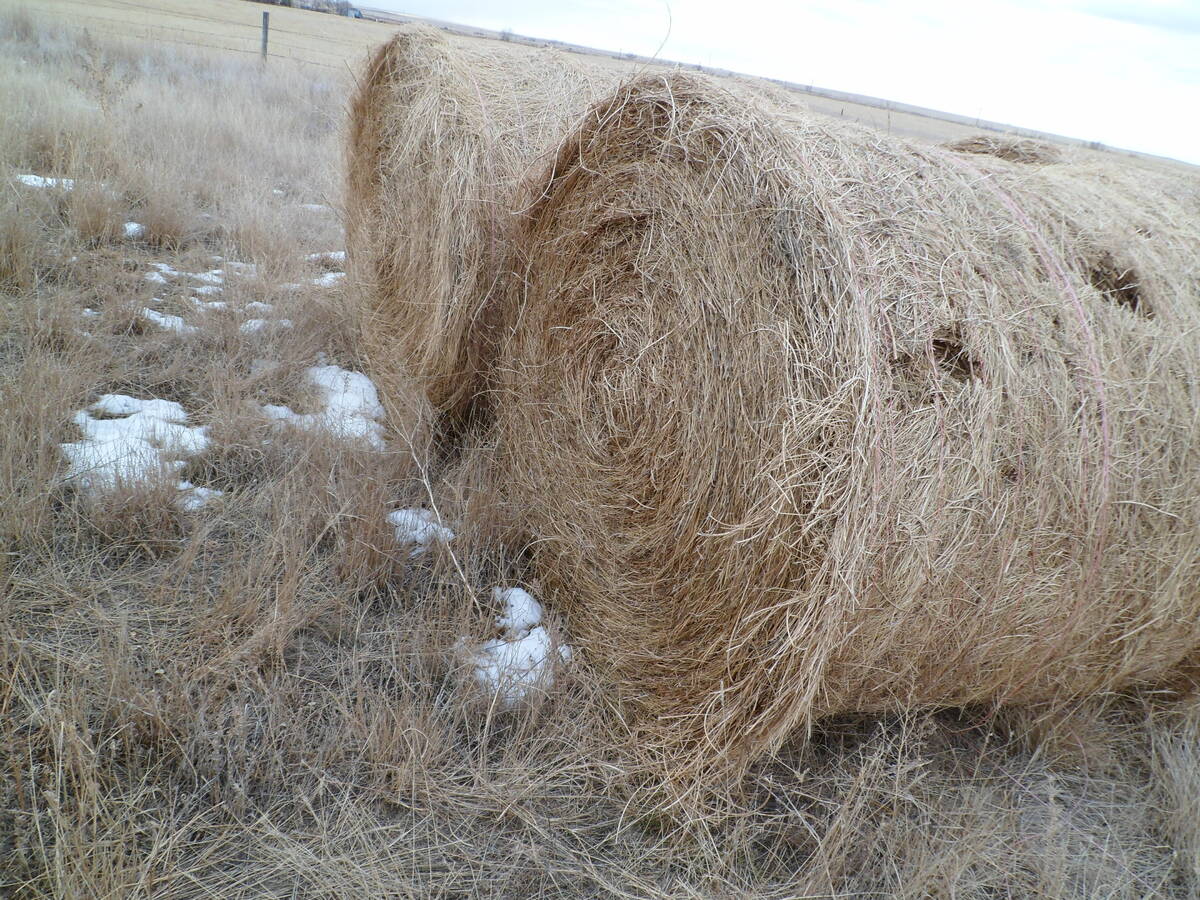SASKATOON — India has extended the elimination of its import duty on yellow peas through the end of October.
Exporters can now load yellow peas until Oct. 31 instead of June 30, which means some of Canada’s new crop peas can now move to that market duty-free.
Related stories:
AgPulse Analytica analyst Gaurav Jain said India’s policy move could affect seeding plans in Canada and Russia, where spring planting is already underway.
Read Also

Alberta marks 75 years of rat-free status
Alberta is one of the few places left in the world who can claim being rat free, saving farmers from the invasive pest through the Rat Control Program.
“The extension will serve as a catalyst to increase pea acreage substantially,” he said in a note to subscribers.
Jain is forecasting upward of two million tonnes of pea import demand from India in 2024-25, which means supplies to China, Spain, Pakistan and Bangladesh will need to be rationed.
India has also eliminated import duties on desi chickpeas. AgPulse estimates a desi supply deficit in India of more than two million tonnes. It will be aggressively importing Australian chickpeas to help fill that deficit.
Stat Publishing reports that India imported 504,168 tonnes of duty-free yellow peas between December 2023 and February 2024.
Canada supplied 249,000 tonnes of that total, followed by Russia at 162,500 tonnes and Turkey at 66,300 tonnes.
Stat believes India’s latest announcement came too late to have more than a minor impact on seeded area.
LeftField Commodity Research analyst Chuck Penner said India’s resurgence as a major buyer is happening at a time when Canada’s sales to China are slowing down.
“Just like China saved our hide when India left the market, it has flipped around and India is really helping us when Chinese demand is dropping off,” he said during a recent What the Futures podcast.
However, he warned that Russia will keep a cap on the pea market. It produced about 4.7 million tonnes of peas in 2023-24, compared to Canada’s output of 3.5 million tonnes.
The initial forecast for Russia’s 2024-25 crop was for more than five million tonnes, but that is being scaled back due to dry conditions in the south of Russia and excess moisture in Siberia.
Penner said old crop green pea prices have been holding up well in the $19 to $20 per bushel range, with new crop bids around $14 to $15 as of May 3.
He is surprised new crop bids have been holding up so well, considering more green pea acres are expected in Canada this spring. His advice to growers is to get rid of old crop at these values.
India could also be a big buyer of lentils in 2024, but another major customer will likely purchase less of that crop this year.
Turkey is likely to import 350,000 tonnes of lentils in 2024, down from 560,000 tonnes last year, according to Armada Foods, one of the largest lentil processing and exporting firms in the country.
That is due in a large part to declining demand from Iraq, Armada partner Mehmet Sonmez said in an email.
Turkey had a very active export and re-export program in 2023, shipping out 435,000 tonnes of red lentils, with 175,000 tonnes of that going to fill Iraqi government tenders.
However, demand from Iraq has tailed off in early 2024.
“The Iraqi government has not been tendering for additional volumes,” said Sonmez.
And it appears that it won’t be for the remainder of the year.
“Iraqi government demand is multi-faceted and is not directly connected to the consumption capacity of the country,” he said.
It is more influenced by politics. For instance, during election periods the government is prone to distributing free lentils to its citizens.
“Therefore, it is quite hard to say why the government has decided to tender for less, but it is evident that the new tenders will be announced at lower frequencies and lower volumes for this upcoming season,” said Sonmez.
Reduced export demand means Turkey’s import demand will likely return to more normal levels that existed prior to Iraq becoming a major buyer of the crop.
Turkey likes to import lentils from places like Canada and Australia and then re-export them to neighbouring countries such as Iraq, Sudan, Algeria and Egypt.
Sonmez said Turkey’s lentil planting fell by 20 per cent this year compared to last year. However, there has been no drought like there was the past two years.
Armada is expecting a harvest of 280,000 to 300,000 tonnes. Farmers harvested 474,000 tonnes of red and green lentils in 2023 and 445,000 tonnes in 2022, according to government statistics.
The Turkish government has been limiting exports of staple items such as red lentils to keep domestic food price inflation in check.
“The limits are set by the government’s export quotas, allocated to exporter companies like Armada Foods,” he said.
That is putting a cap on lentil prices at the expense of the country’s farmers.
“Contrary to previous years, Turkish crop has traded at a discount to the Canadian crop,” said Sonmez.
“Lower prices brought lower acreage.”
Penner said Canada’s green lentil market is a lot like the green pea market with old crop prices well above new crop.
Old crop large green lentil prices were around 80 cents per pound as of May 3, with new crop bids in the 55 cent range.
Penner thinks the downside risk for old crop prices is high and that growers should be selling.
He is surprised that new crop prices have held up, considering there will likely be more green lentil acres in Canada, the United States, Kazakhstan and Russia.
Contact sean.pratt@producer.com
















